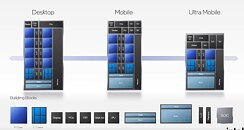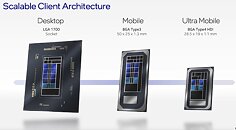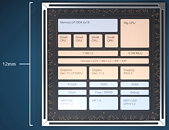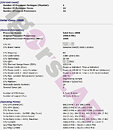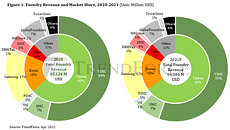Cadence Accelerates SoC, 3D-IC and Chiplet Design for AI Data Centers, Automotive and Connectivity in Collaboration with Samsung Foundry
Cadence today announced an expansion of its collaboration with Samsung Foundry, including a new multi-year IP agreement to broaden Cadence memory and interface IP solutions in Samsung Foundry's SF4X, SF5A and SF2P advanced process nodes. Furthering their ongoing technology collaboration, the companies are leveraging Cadence's AI-driven design solutions and Samsung's advanced SF4X, SF4U and SF2P process nodes to deliver high-performance, low-power solutions for AI data center, automotive—including advanced driver-assistance systems (ADAS)—and next-generation RF connectivity applications.
Cadence's AI-driven design solutions and comprehensive portfolio of IP and silicon solutions enhance designers' productivity and accelerate time to market (TTM) for leading-edge SoCs, chiplets and 3D-ICs on advanced Samsung Foundry processes. "We support a full portfolio of IP, subsystems and chiplets on the Samsung Foundry process nodes, and our latest multi-year IP agreement strengthens our ongoing collaboration," said Boyd Phelps, senior vice president and general manager of the Silicon Solutions Group at Cadence. "By combining Cadence's AI-driven design and silicon solutions with Samsung's advanced processes, we're delivering the leading-edge technologies our mutual customers need to innovate and bring their products to market faster."
Cadence's AI-driven design solutions and comprehensive portfolio of IP and silicon solutions enhance designers' productivity and accelerate time to market (TTM) for leading-edge SoCs, chiplets and 3D-ICs on advanced Samsung Foundry processes. "We support a full portfolio of IP, subsystems and chiplets on the Samsung Foundry process nodes, and our latest multi-year IP agreement strengthens our ongoing collaboration," said Boyd Phelps, senior vice president and general manager of the Silicon Solutions Group at Cadence. "By combining Cadence's AI-driven design and silicon solutions with Samsung's advanced processes, we're delivering the leading-edge technologies our mutual customers need to innovate and bring their products to market faster."







































